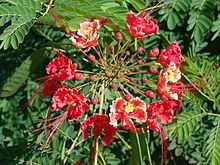Kingdom Plantae Scientific name Caesalpinia Rank Genus | Higher classification Legumes | |
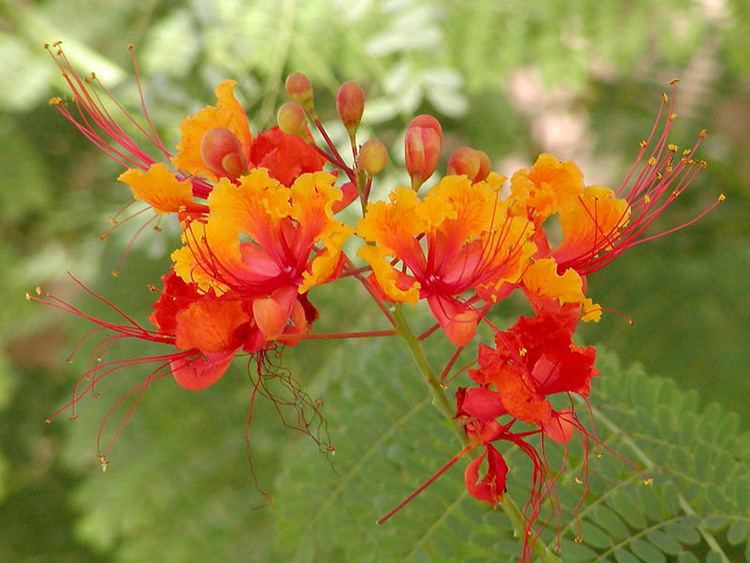 | ||
Lower classifications Caesalpinia pulcherrima, Caesalpinia sappan, Paubrasilia, Caesalpinia gilliesii, Caesalpinia spinosa | ||
Pride of barbados caesalpinia pulcherrima lisa s landscape design plant pick of the day
Caesalpinia is a genus of flowering plants in the legume family, Fabaceae. Membership within the genus is controversial, with different publications including anywhere from 70 to 165 species, depending largely on the inclusion or exclusion of species alternately listed under genera such as Hoffmannseggia. It contains tropical or subtropical woody plants including lianas. The generic name honors the botanist, physician and philosopher Andrea Cesalpino (1519-1603).
Contents
- Pride of barbados caesalpinia pulcherrima lisa s landscape design plant pick of the day
- Caesalpinia pulcherrima fabaceae poinciana peacock flower red bird of paradise
- Selected species
- Uses
- References
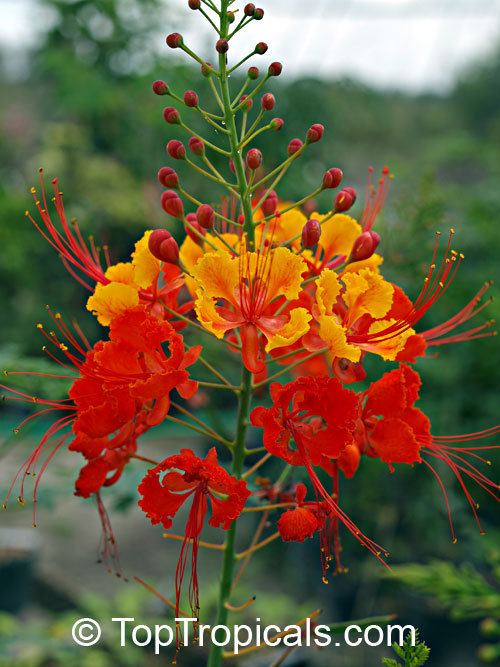
The name Caesalpinaceae at family level, or Caesalpinioideae at the level of subfamily, is based on this generic name.

A number of Caesalpinia liana species, including C. mimosoides and C. sumatrana are called "cat's claws": recognisable by raised spines on the stems (illustrated) and found in tropical forests of south-east Asia.
Caesalpinia pulcherrima fabaceae poinciana peacock flower red bird of paradise
Selected species
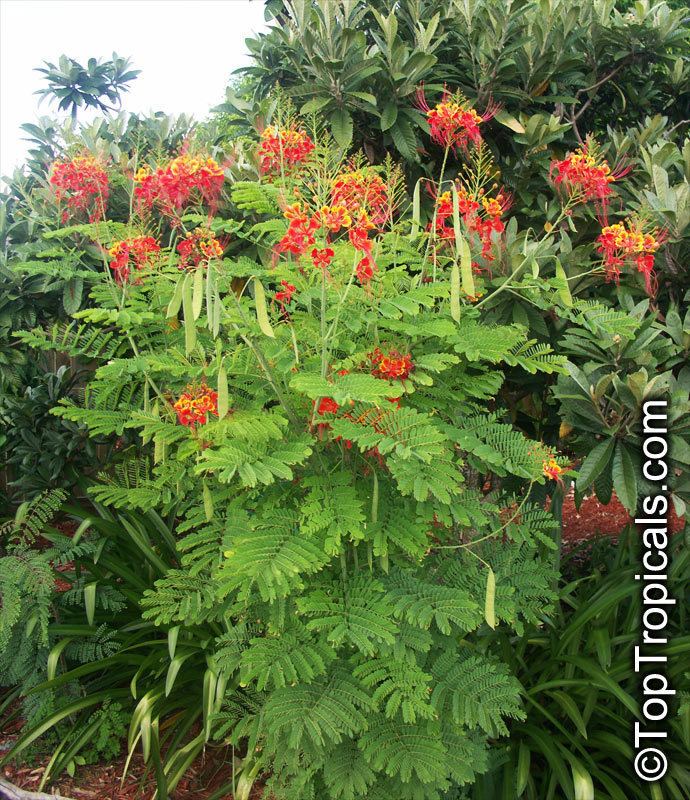
Uses
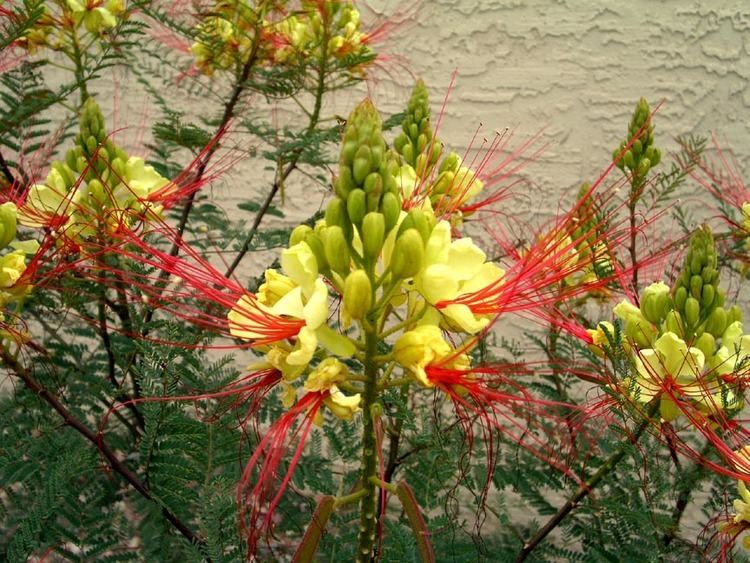
Some species are grown for their ornamental flowers. Brazilwood (C. echinata) is the source of a historically important dye called brazilin and of the wood for violin bows. Guayacaú Negro (C. paraguariensis) is used for timber in several Latin American countries, especially Argentina and Paraguay. Commercially it is marketed as Argentinian Brown Ebony, mistakenly as Brazilian Ebony, and as a family group as Partridgewood. End use for this timber is typically high-end exotic hardwood flooring, cabinetry and turnings.
Caesalpinia pluviosa is being investigated as a possible antimalarial medication.
